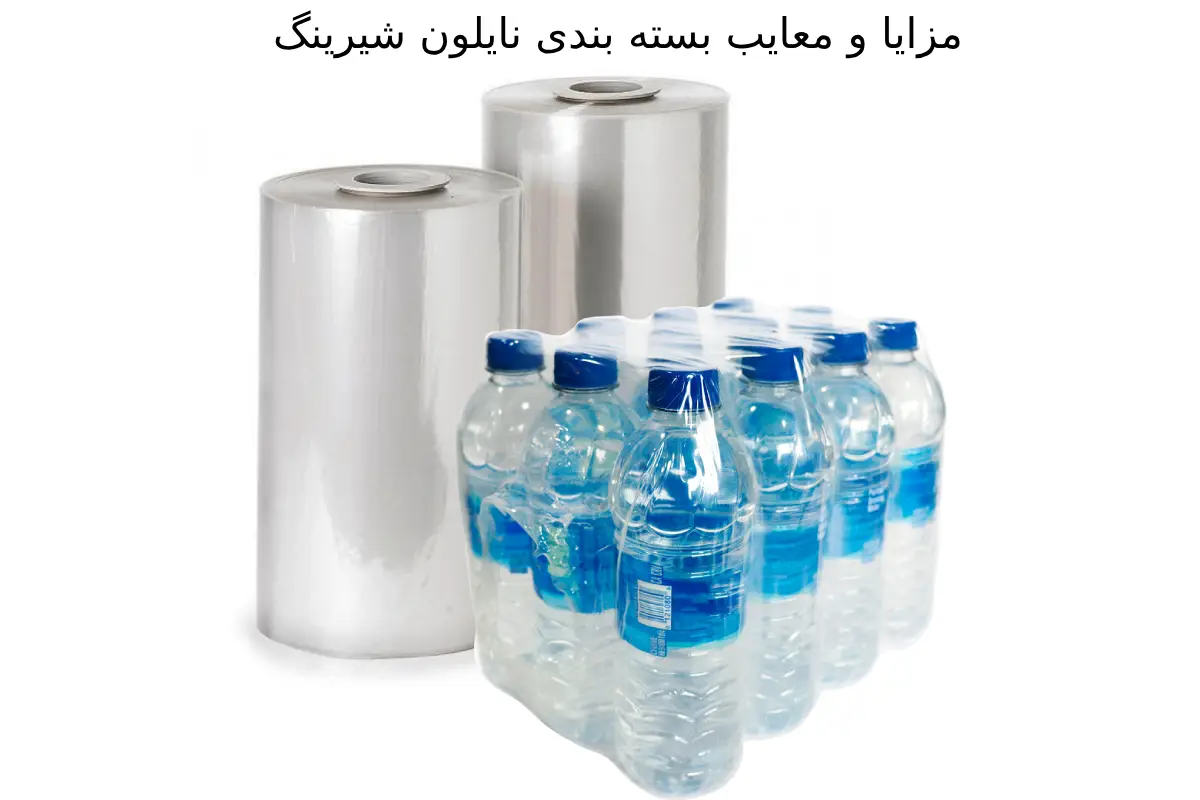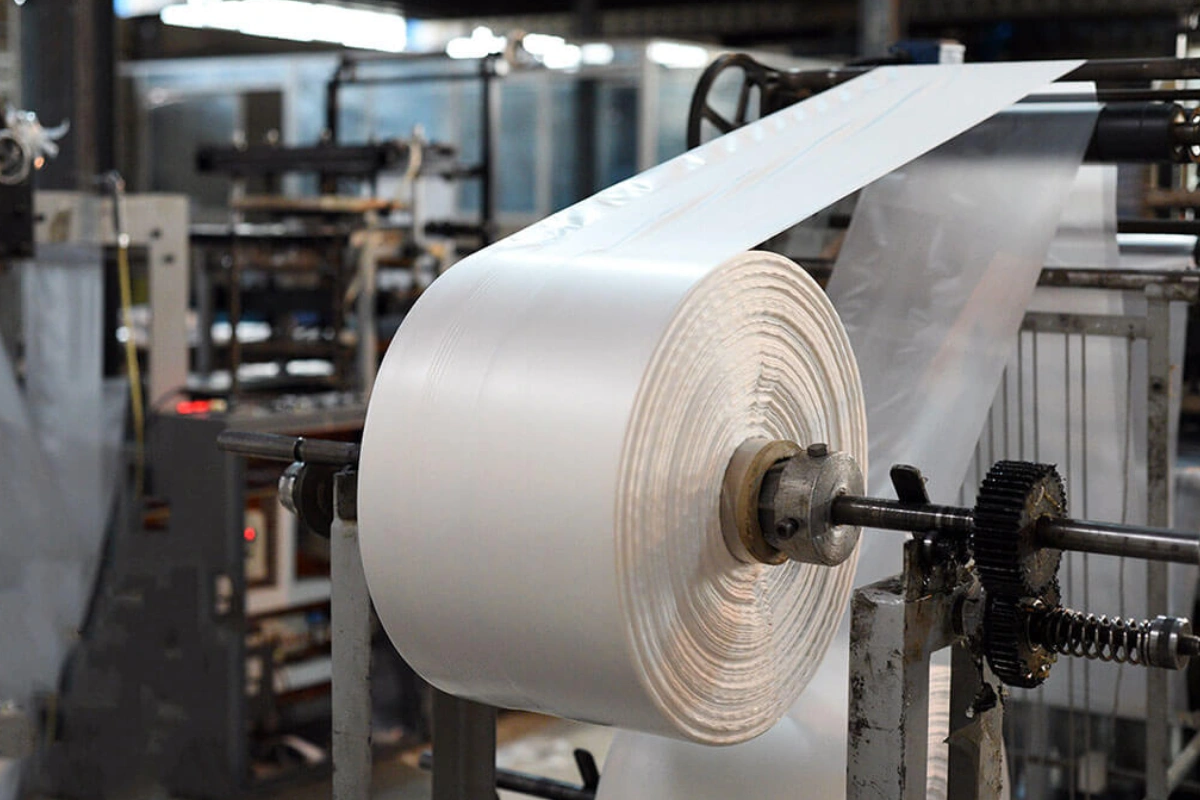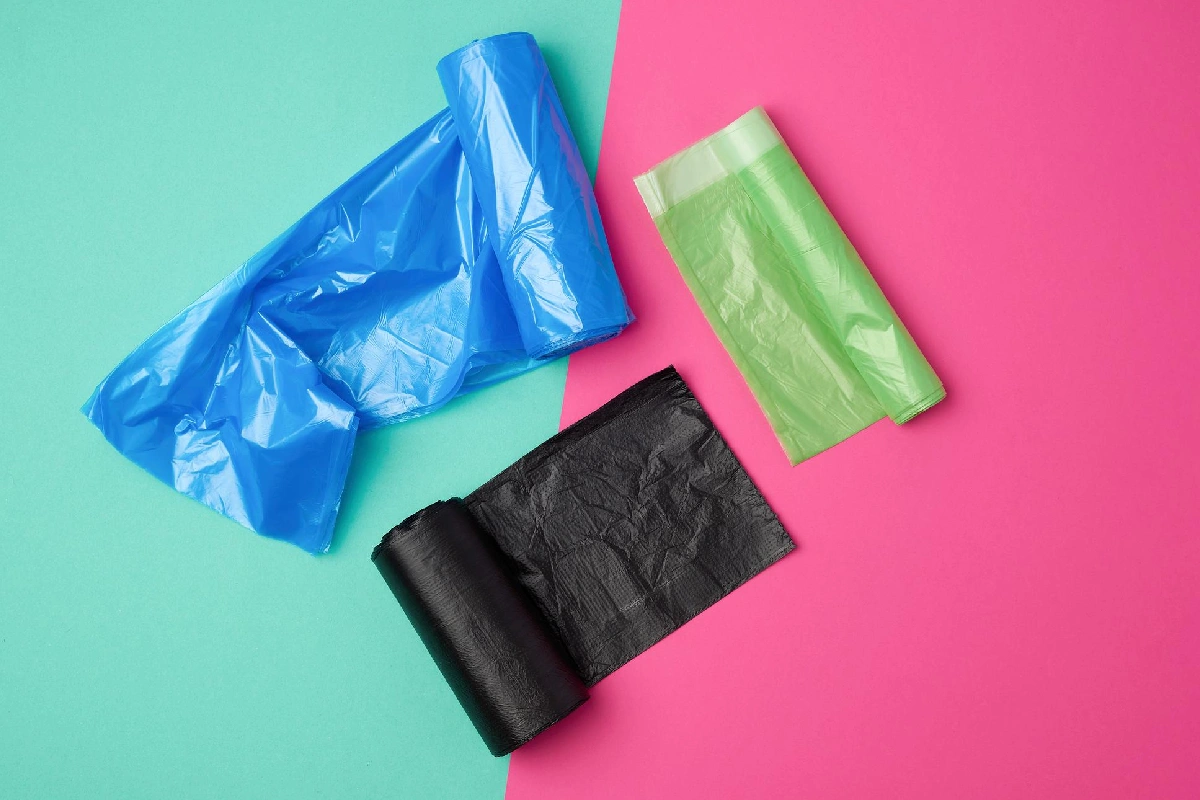Packaging plays a crucial role in the supply chain. Not only does it protect product quality and safety, but it also significantly influences visual appeal and marketing. Shrink film packaging, powered by advanced technologies in polyethylene, polypropylene, and specialized polymers, provides tight and secure coverage. This article explores the pros and cons of shrink film packaging, highlighting its uses in various industries, including medical and healthcare sectors.
What is Shrink Film Packaging?
Shrink film packaging is a process where plastic films are heated (via heat or infrared radiation) to shrink tightly around the product. This results in a smooth, wrinkle-free, and transparent covering that helps maintain product quality and safety.
How Shrink Film Packaging Works
- Choosing the Right Film: Specialized polymers are selected for their thermal properties, high mechanical strength, and clarity.
- Heat Application: Heat is applied to shrink the film and tightly wrap it around the product.
- Creating a Secure Seal: The thermal process ensures an airtight seal that prevents contaminants like air, moisture, and dirt from reaching the product.
Thanks to sophisticated equipment in production lines, shrink film packaging has become a go-to solution.
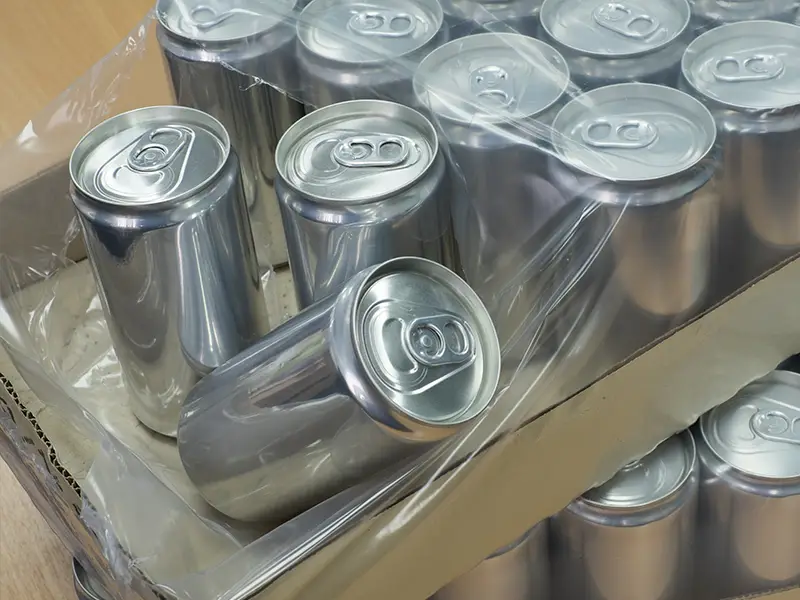
Advantages of Shrink Film Packaging
1. Protects Product Safety and Quality
Shrink film packaging effectively shields products from environmental contaminants like moisture, dust, and microbes. This is especially important in medical packaging, where maintaining a sterile environment is critical for safety.
2. Attractive Appearance
The clear, tight-fitting film enhances the visual appeal of products. In industries like food and consumer goods, showcasing the product’s true color and shape can significantly influence customer purchase decisions.
3. Reduces Packaging and Shipping Costs
Shrink film minimizes wasted space between products, allowing for better storage and transportation. This leads to reduced logistics costs and improved shipping efficiency, which is particularly beneficial for manufacturing and export sectors.
4. Extends Product Shelf Life
By protecting products from external elements, shrink film packaging helps preserve freshness and prevent spoilage. This is vital in food industries where shelf life is a priority, as well as in pharmaceuticals, where packaging extends the life of medications and medical equipment.
5. Versatile Across Industries
Shrink film packaging is adaptable and used across various sectors. From electronics to medical supplies, its reliability and flexibility make it a popular choice among manufacturers.
6. Prevents Tampering and Counterfeiting
Because shrink-wrapped products cannot be easily opened or resealed without visible damage, this packaging method serves as a deterrent to tampering and counterfeiting. This is particularly important for high-value items in international markets.
7. Efficiency in Modern Production Lines
Shrink film packaging is highly efficient, with automated systems speeding up the packaging process. Integration with advanced monitoring systems allows for greater control over quality and consistency.
Disadvantages of Shrink Film Packaging
1. Environmental Concerns
One of the biggest drawbacks is the environmental impact. Many shrink films are made from non-biodegradable plastics, contributing to waste. With the global push for sustainability, this is a significant challenge. Additionally, the high energy consumption during the production and shrinkage process adds to its environmental footprint.
2. Health and Chemical Concerns
In some cases, low-quality materials or improper thermal processing may result in the release of harmful chemicals. Strict quality control and adherence to international standards are essential to ensure safety.
3. Limitations in Certain Applications
While shrink film is widely used, it may not be sufficient for products that require multilayer or impact-resistant packaging. For particularly fragile or high-end products, additional layers of protection may be necessary.
4. High Energy Consumption
The heat-shrinking process requires specialized equipment and consumes significant energy. For smaller manufacturers or regions with limited access to advanced technology, this can increase operational costs.
5. Risks in Production Process
Shrink film packaging demands precise control of temperature and time. Any deviation in settings could lead to defects like uneven shrinkage or damage. These technical issues can affect product quality, particularly in sensitive industries.
Technology’s Role in Shrink Film Packaging
Recent advances in technology, including augmented reality (AR) systems and smart monitoring tools, have significantly improved the efficiency of shrink film packaging. These systems allow for real-time tracking of temperature, pressure, and film uniformity, reducing human error and improving overall production quality. The integration of IoT (Internet of Things) and AI (Artificial Intelligence) further enhances inventory management and tracking throughout the supply chain.
In addition, AR-based software helps operators identify and resolve issues in real time, making it especially valuable in industries like pharmaceuticals, where product safety is paramount.
Medical Applications of Shrink Film Packaging
In healthcare, shrink film packaging plays a key role in maintaining the sterility of medical equipment, pharmaceuticals, and surgical tools. The transparent, shrink-wrapped film not only protects products from contamination but also serves as a visual assurance that the product has not been tampered with.
Advanced manufacturing technologies ensure that these packages meet the highest sanitary standards. For reusable packaging, shrink film provides an extra protective layer, preventing direct contact with contaminants.
Environmental and Sustainability Considerations
Environmental concerns about plastic waste are a growing challenge in shrink film packaging. Many films used in packaging are non-recyclable and contribute to long-term waste. As the industry moves towards sustainability, there’s increasing focus on using biodegradable and recyclable films.
Technological improvements in recycling processes, combined with the shift towards eco-friendly materials, aim to reduce the environmental impact. Moreover, international regulations are pushing manufacturers to adhere to stricter environmental standards, accelerating the development of greener alternatives.
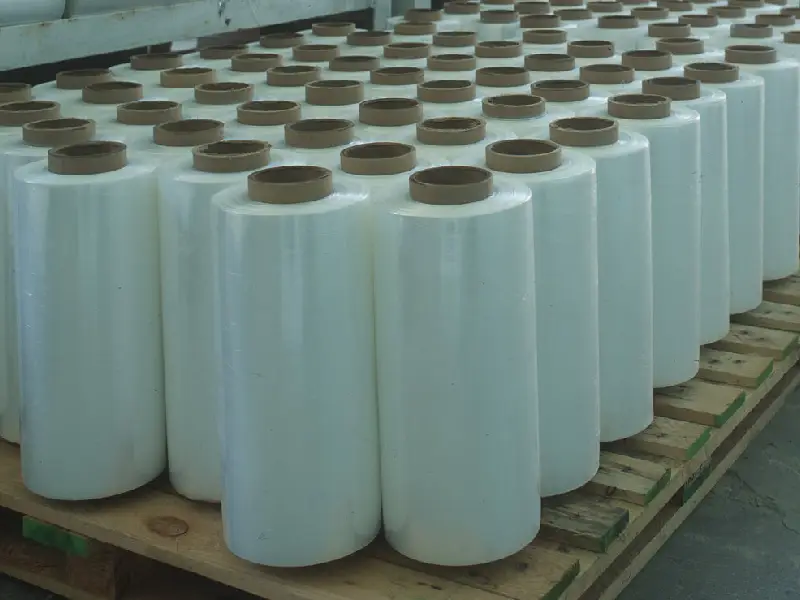
Key Tips for Optimizing Shrink Film Packaging Use
- Use Quality Materials: Invest in high-quality films and cutting-edge technology to ensure durable, uniform coverage.
- Enhance Process Monitoring: Utilize smart systems and AR tools to minimize errors during production.
- Follow Environmental Standards: Focus on recyclable or biodegradable materials to reduce environmental impact.
- Comply with Health Regulations: In medical and pharmaceutical industries, strict adherence to hygiene and quality control standards is essential.
- Innovate with Technology: Combine shrink film packaging with advanced technologies like IoT and anti-counterfeit systems to enhance product safety and efficiency.
Conclusion
Shrink film packaging offers numerous benefits, including product protection, enhanced visual appeal, and cost savings. However, challenges such as environmental impact, energy consumption, and technical risks remain. By integrating smart monitoring systems and focusing on sustainable practices, the industry can overcome these hurdles. As technologies evolve, shrink film packaging will continue to play a vital role in packaging across various sectors, especially in the food, beverage, and medical industries.

